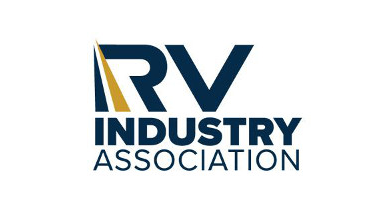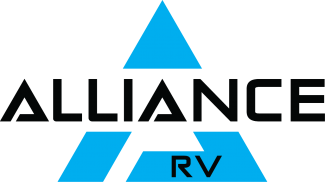THOR Industries Reports ‘Challenging’ Q2, CEO Remains Confident

THOR Industries announced on Wednesday financial results for its second fiscal quarter ended Jan. 31.
“Our fiscal second quarter, similar to the prior-year period, presented a challenging operating environment as seasonally lower retail demand and cautious dealer sentiment impacted our results. As macro conditions continue to pressure the top line, our teams proactively navigated through the retail offseason to improve the competitive positioning of our operating companies and independent dealer partners. Notably, we continued to work with our North American independent dealer partners to closely match wholesale production with the pace of retail sales and we enacted promotional programs to assist independent dealers in moving prior-model-year units and stimulate retail demand. With the rapid increase in interest rates over the past year, dealers face elevated floorplan financing costs that have put substantial pressure on their operations. As a result, we currently believe that even though the levels and mix of channel inventory are well-positioned ahead of the retail selling season, dealers will remain focused on limiting inventory levels as they manage interest expense,” said Bob Martin, president and CEO of THOR Industries.
“Over the long term, we remain encouraged as attendance figures at recent retail RV shows and consumer interest in the lifestyle remain strong. Our teams will continue to monitor evolving market trends as we progress through the upcoming selling season, and we remain highly confident in our operating teams and flexible business model to deliver value for our independent dealer partners and end consumers,” added Martin.
Second-Quarter Financial Results
Consolidated net sales were $2.21 billion in the second quarter of fiscal 2024, compared to $2.35 billion for the second quarter of fiscal 2023.
Consolidated gross profit margin for the second quarter of fiscal 2024 was 12.3%, an increase of 20 basis points when compared to the second quarter of fiscal 2023.
Net income attributable to THOR Industries and diluted earnings per share for the second quarter of fiscal 2024 were $7.2 million and $0.13, respectively, compared to $27.1 million and $0.50, respectively, for the second quarter of fiscal 2023.
THOR’s consolidated results were primarily driven by the results of its individual segments as noted below.
Segment Results
North American towable RV net sales were down 11.9% for the second quarter of fiscal 2024 compared to the prior-year period, driven by a 10.2% increase in unit shipments offset by a 22.1% decrease in the overall net price per unit. The decrease in the overall net price per unit was primarily due to the combined impact of a shift in product mix toward travel trailers and more moderately priced units along with price compared to the prior-year period.
North American towable RV gross profit margin was 7.4% for the second quarter of fiscal 2024, compared to 6.4% in the prior-year period. The increase in gross profit margin was primarily driven by a decrease in the material cost percentage, due to the combined favorable impacts of product mix changes and cost-savings initiatives, partially offset by higher labor and manufacturing overhead percentages.
North American motorized RV net sales decreased 22.8% for the second quarter of fiscal 2024 compared to the prior-year period. The decrease was primarily due to an 18.4% reduction in unit shipments, partly due to independent dealer restocking in the prior-year period, as well as a 4.4% decrease resulting from changes in product mix and net price per unit as current-year shipments trended toward more moderately priced units and included elevated sales discounts compared to the prior-year period.
North American motorized RV gross profit margin was 10.6% for the second quarter of fiscal 2024, compared to 14.5% in the prior-year period. The decrease in the gross profit margin for the second quarter of fiscal 2024 was primarily driven by an increase in sales discounts and chassis costs as well as an increase in manufacturing overhead cost as a percentage of net sales due to the reduction in net sales.
See THOR’s full financial report and management commentary here.



